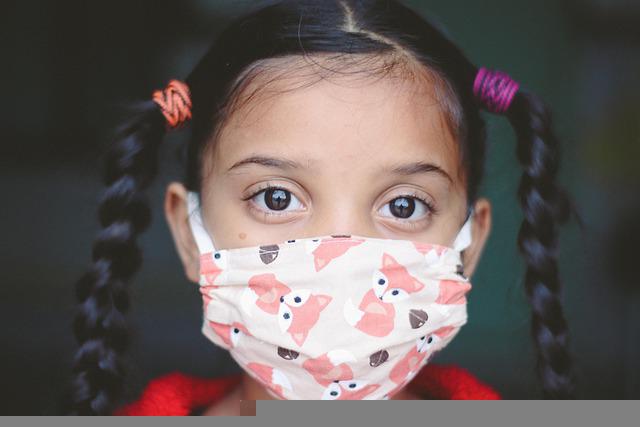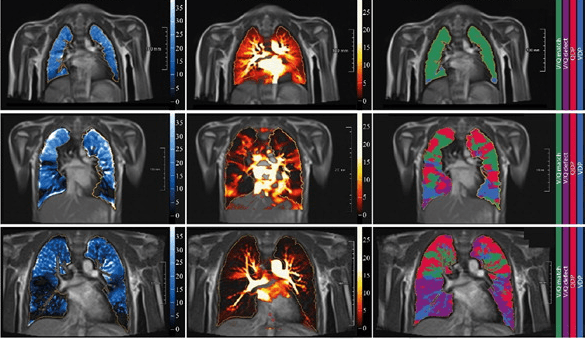
Feb 2022 Research: Severe hepatitis in pediatric COVID-19 – *7 UPDATES*
We report a case series of 4 previously healthy children who presented with significant hepatitis as the primary manifestation of COVID-19 infection. Two of these patients met criteria for acute liver failure. None of the patients had respiratory symptoms.
One patient was found to have complement dysfunction resulting in microangiopathic features and was treated successfully with eculizumab. This case is in line with adult post-mortem data showing that more severe cases of hepatic dysfunction secondary to COVID-19 infection may be associated with complement activation and microangiopathic features. Liver function should be evaluated in cases of severe COVID-19, and SARS-CoV-2 infection should be considered as a cause of acute severe hepatitis even in patients without significant respiratory or other systemic symptoms.
February 2022 Preprint: Severe Hepatitis in Pediatric COVID-19
UPDATE 1 – 22nd April 2022
From UKHSA report: “Investigation into acute hepatitis of unknown aetiology in children in England, Technical briefing”
3.3 SARS-CoV-2
Ten cases tested positive for SARS-CoV-2 on admission, of 61 cases with available test data (16%). Seven of those had also tested positive in the 6 weeks prior to admission. Serology is being undertaken to explore prior infection further. However, the high population cumulative prevalence of SARS-CoV-2 will make the interpretation of this data challenging. Three cases were co-infected with adenovirus and SARS-CoV-2. SARS-CoV-2 result is based on polymerase chain reaction or lateral flow device results. Information on antibody testing for SARS-CoV-2 is currently pending.
Four cases that have a positive test result for SARS-CoV-2 also have associated variant information. In 2 cases, genotyping indicated a probable Omicron lineage and in a further 2 cases whole genome sequencing identified VOC-22JAN-01 by the UKHSA definition (BA.2 and sublineages).
Acute hepatitis is not a common feature of SARS-CoV-2 infection in children. Data provided by ISARIC’s COVID-19 Clinical Information Network – CO-CIN (February 2020 to March 2022) shows of 8,883 children admitted to hospital with SARS-CoV-2 infection 2,171 (24%) had ALT measured during admission. The decision to test was based on clinical assessment that is, missing data is not random. A grossly elevated ALT was not a typical feature of SARS-COV-2 infection, and only 13 of the 2,171 children tested had an ALT greater than 500 iu/ml.
acute-hepatitis-technical-briefing-1
UPDATE 2 – 25th April 2022
Israel examining cases of kids’ hepatitis: ’11 of the 12 children were infected with coronavirus in the last year. “We know that a severe COVID could damage the liver.” One theory being tested is that liver inflammation is in fact a symptom of long COVID.’https://t.co/FIMSxk4Gd6
— Dr Birgit Clark (@BirgitC) April 22, 2022
UPDATE 3 – 27th April 2022
ABC11 News:
The North Carolina Department of Health and Human Services confirmed to ABC11 on Monday that two school-aged children tested positive for hepatitis. The agency said it was made aware of the cases last month and both were severe.
“Neither child tested positive for adenovirus.”
UPDATE 4 – 27th April 2022
Preprint results: Among 47 pediatric patients presented with hepatitis, 37 patients had features of CAH-C, they had symptoms of hepatitis only, with majority having unelevated inflammatory markers and uneventful recovery following supportive treatment. Whereas remaining 10 MIS-C hepatitis had protracted illness, multiple system involvement, required admission to critical care, and had mortality of 30% “
Preprint: COVID-19 Associated Hepatitis in Children (CAH-C) during the second wave of SARS-CoV-2 infections in Central India: Is it a complication or transient phenomenon
UPDATE 5 – 27th April 2022
Canada’s Public Health Agency yesterday revealed it was ‘aware of reports of severe acute hepatitis of unknown origin’ in the country.
Officials did not reveal their age, sex or location — but said they tested negative for adenovirus.
UPDATE 6 – 27th April 2022
CDC, February 8th 2021: “Some patients hospitalized for COVID-19 have had increased levels of liver enzymes — such as alanine aminotransferase (ALT) and aspartate aminotransferase (AST). Increased levels of liver enzymes can mean that a person’s liver is at least temporarily damaged. People with cirrhosis [liver scarring] may be at increased risk of COVID-19. Some studies have shown that people with pre-existing liver disease (chronic liver disease, cirrhosis, or related complications) who were diagnosed with COVID-19 are at higher risk of death than people without pre-existing liver disease.”
CDC: What to Know About Liver Disease and COVID-19
UPDATE 7 – 1st May 2022
Israel: “This is a disease we’re familiar with,” said Prof. Rifaat Safadi, head of the Liver Disease Unit at Jerusalem’s Hadassah Ein Karem hospital. “It’s a liver disease that resembles an autoimmune liver disease, except it doesn’t have the blood tests characteristic of autoimmune disease.
“This is a familiar disease that usually appears following an instigating infection that we don’t always manage to catch. What happens in such cases is that after the person recovers from the infection, the immune system in some cases attacks the liver. This is a familiar problem and it responds to treatment with steroids.”
“Our impression is that there has been a rise in such cases,” he continued. “Abroad, they’re talking about early 2022, but our experience in Israel shows an increase as far back as early 2021.”
“The cases investigated in Israel show that most of the cases are children who didn’t get the [coronavirus] vaccine. It’s possible that the source is another instigating infection and not the coronavirus, but the major instigating infection of the past year has been the coronavirus, so there are grounds for assuming this is connected to the coronavirus.”
Hepatitis in kids with Covid has been known about since the early days of the pandemic.
It’s abundantly obvious that this whole “mysterious hepatitis in kids” meme has been globally coordinated, with encouragement from the WHO, national health bodies, certain medical professionals and journalists.
You have to ask yourself, why would they do that? Are our children’s health and lives now to be sacrificed in pursuit of Covid-19 ‘endemicity’?
So it’s pure coincidence that cases of hepatitis in children are cropping up across the globe during a global pandemic of a virus that is known to cause hepatitis.

2020 research: Hepatitis is common in children with Covid-19 MIS-C
Photo by Aaron Burden on Unsplash





